
One: Destination Jurançon.
Years ago we spent time with a local wine merchant in La Cave wine bar in the town of Blaye, often drinking ‘mysterious bottles’ and trying to guess their origin, age and grape types included.
Julien Pouplet was a wizard, often being able to identify the specific slope within, say, Saint-Émilion, from where a mystery wine originated. He also had a rare knack for finding incredibly distinct and beautiful wines that cost a song—often for between 5 and 10 Euros a bottle. In the Russel Crowe narrated documentary about wine titled Red Obsession, Julien was interviewed three times. We took a trip to the Loire Valley together years ago to source phenomenal wines that were biodynamic and unknown.
Then, he vanished.
I tracked him down over a year ago when I was on leave from working in Pakistan.
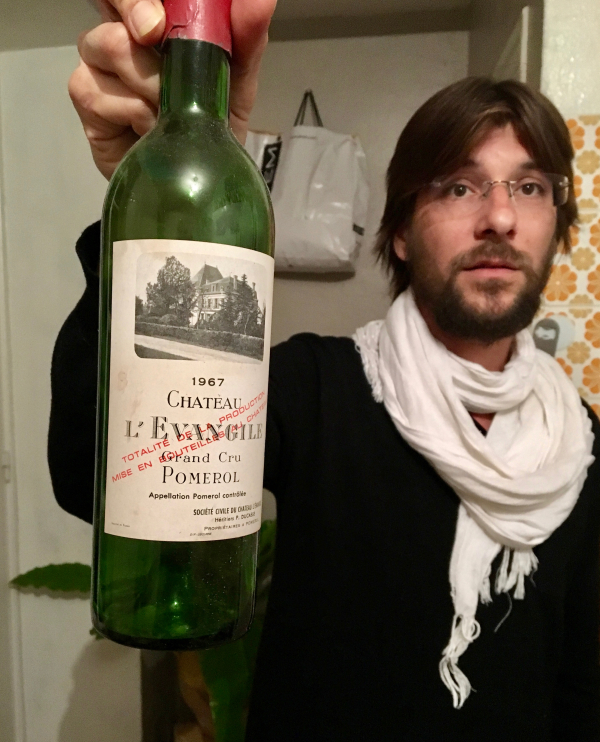
We sat and drank some reality-bending Burgundian Pinot Noir wines at a few different wine bars in Bordeaux city.
Last I heard, he wrote that he was in ‘Béarn.’
Béarn? Berne? Switzerland?
No. Béarn as in Béarnaise sauce, as in the seat of the Kings of Navarre in the 12th century at the base of the Pyrenees mountains. To the south.
The biggest city in the region is Pau. A friend had mentioned that the ancient buildings in the inner city were beautiful.



I emailed Julien on a Sunday and said I would drive to Pau on Tuesday.
Did he care to meet?
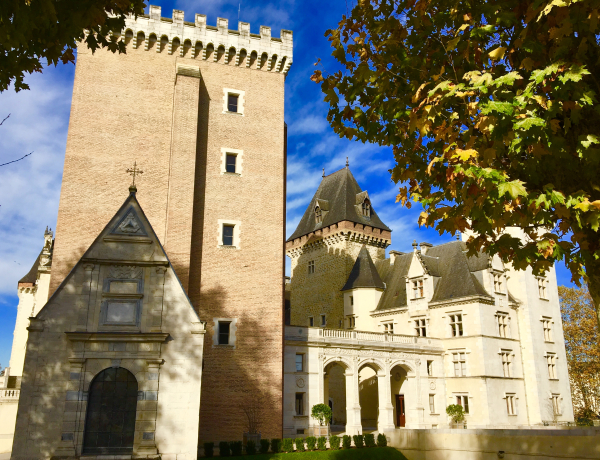
He responded.
“Bonjour Tom. Please come home for a dinner. I also got an extra bedroom if you want to. If you come with a car, I can arrange a tasting in Jurançon.”
He also mentioned that he had just cooked pasta with freshly minced veal, onions, garlic, tomatoes, Banyuls wine and white pepper, and paired this with a Domaine Charvin Côtes-du-Rhone red wine from within Chateauneuf-du-Pape.
It sounded like he was living a balanced and healthy life.
I arrived in Pau by noon, explored the city and ate lunch (read my Forbes article to get the full picture).

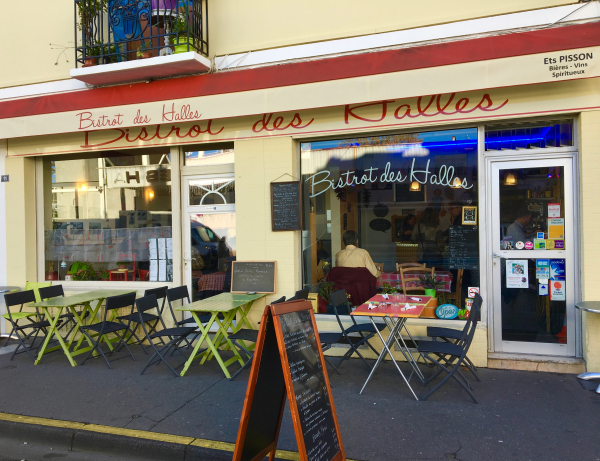
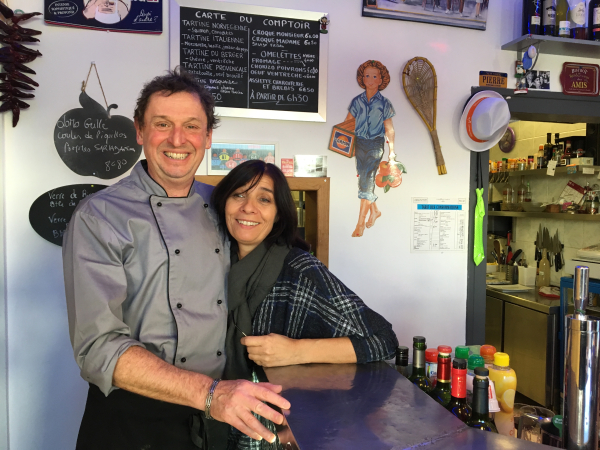
I met Julien at his beautiful countryside dwelling.
He turned out to be the same guy: did not drive a car, would not drink wine that is not French, was still writing poetry, shopped only for fresh food from local markets, remained incisive and wary.
But did he still have his facility with wine?
At 4.00 pm we drove off to the mountains to meet his friend Jean-Bernard, owner and winemaker of Clos Lapeyre.


Two: The Wines of Southwest France.
Here is a brief overview of three wine regions of southwest France:
Madiran. Jurançon. Irouleguy.
Zero in on a map of southwest France and there are a few discrete geographical ‘islands’ of wine production. Three are those listed above.
This map cannot be reprinted due to copyright prohibitions, but if you click here and look at the bottom left, you can see these three wine regions.

Here is the skivvy in a nutshell:
- In the far southwestern portion of France is Irouleguy. Here are produced both white and red wines, and because the slopes are so steep and difficult to harvest, the cost of wine is also steep.
- To the east is Jurançon. Only white wines are made here (mostly sweet) from the grapes Petit Manseng, Gros Manseng and Courbu.
- Further south is Madiran. Reds are made here, principally from the Tannat grape.
Irouléguy is in ‘pey Basque’ country. That’s Basque territory. We can describe that some other time in another article. Same as with Madiran.

For now: Jurançon.
Jurançon is in Béarn. From the 1100’s until the French Revolution in the latter 1700’s, the Béarnais had a representative government with plenary courts occupied by representatives of three classes: nobility, clergy, and regular folk. The identity of the inhabitants of this region has remained vociferously independent until the present. The main city of Béarn is Pau (pronounced ‘Po’).
Although not known to many of those unfamiliar with France, Pau was a happening spot in the past. Rich Brazilians hung out here in the 1800’s, as well as wealthy Brits. Even today it has an airport with direct flights to and from London. According to Julien, horses from the region are such thoroughbreds that sheiks from Dubai sometimes fly into the region, then chopper out to horse farms to check out the studs.
Three: Vines and Wines.
We spent a few hours with Jean-Bernard Larrieu, owner and winemaker of Clos Lapeyre. The photos show how gorgeous his terrain is.
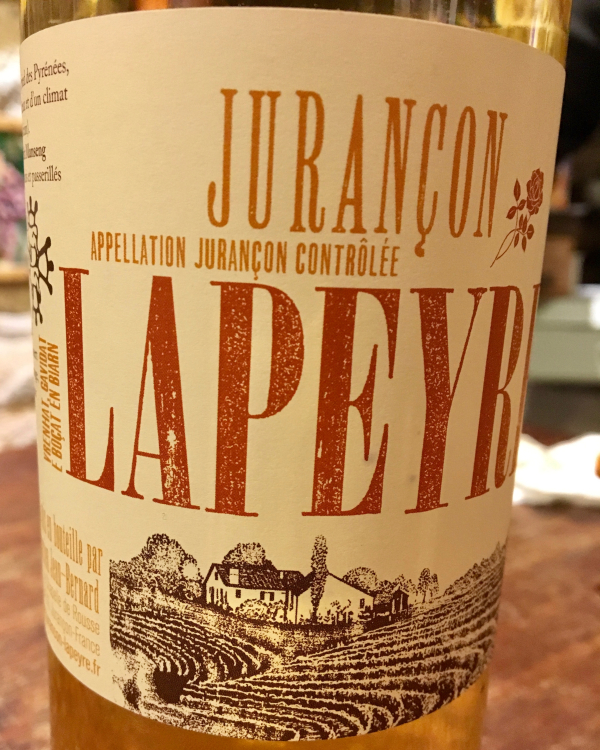
Three generations of his family have farmed their 70 acres, and Jean-Bernard explained how the location of Jurançon—25 miles from the Pyrenees peaks and 60 miles from the ocean—gives it key characteristics that make this region nicknamed the Piemonte of the Pyrenees (Piemonte is the Barolo wine region in northwest Italy with similar physical characteristics). The mountains block winds from Spain, and the coastal influence moderates temperatures.
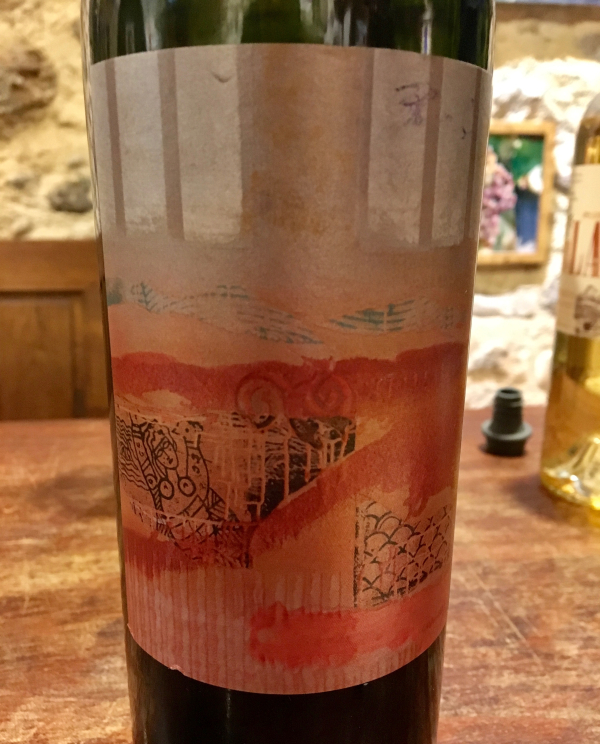
Think this: lots of rain but little wind, and a relatively large difference between day and night temperatures.
It is this last point, the temperature difference between day and night, that maintains both acidity and sugar in grapes (acidity develops during the cool evenings; sugar develops during the full sunshine). The south and southwest facing vines are located where the slope, aspect, altitude and geology uniquely combine to be most beneficial to Manseng grapes.

The elevation of Jean-Bernard’s land, at 1,200 feet above sea level, is cooler than the valley floor, where rich soils are not good for vines. The little Manseng grapes, Jean-Bernard said, are ‘skin and bones’ but are packed with concentrated flavor. They grow in a region so lush and rain soaked that grass grows all year long. These vines love moisture.
The little Manseng grapes mature late in the season, thriving above layered soils where sand and silt alternate with clay.
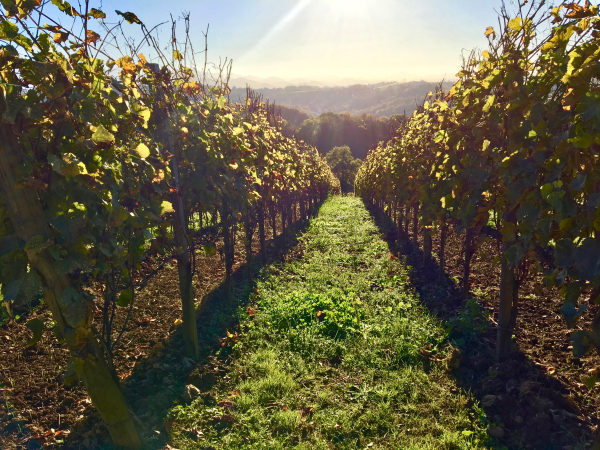
The Jurançon wine region is not large, comprising a total of 3,200 acres. There are about 100 independent winemakers here, of which 55 (including Clos Lapeyre) make their own labels and brands.
Jean-Bernard’s vineyard is certified organic. He is also moving toward biodynamic certification. He plants cereals between vine rows because cereal roots break up and aerate the soil, which is beneficial for adjacent vines.
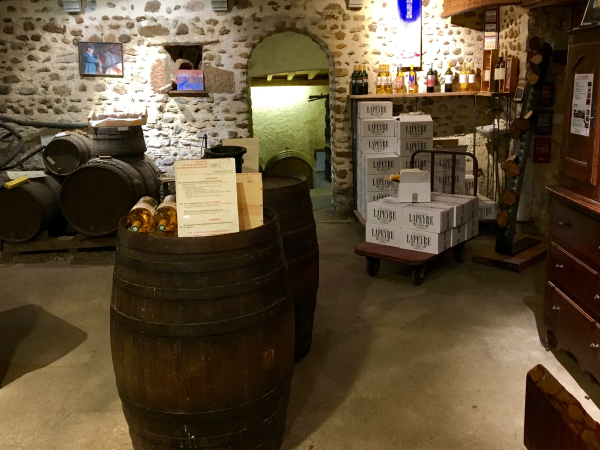
There are four prinicpal drainages within the Jurançon region, all perpendicular to the Pyrenees. Hence, another local saying is that the best vines look toward the mountains.
We walked vines and then sampled nine different excellent quality wines in Jean-Bernard’s cellar. We then headed back to Julien’s for dinner.
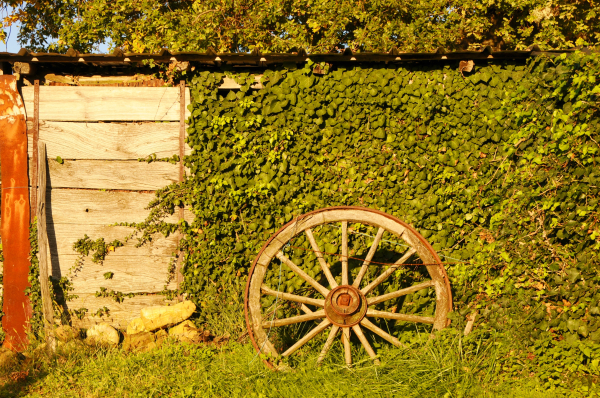
“I prepared a grandma’s dinner,” he said. “Simple, rustic, efficient, tasty.’
While I played with his little black cat, named ‘petit chat,’ Julien poured from the bottle Jean-Bernard gifted us—a Mantoulan 2011. Julien then served celery soup with onions, garlic and potatoes.
Later during dinner I pulled out a few bottles of ‘mystery’ Bordeaux reds and had Julien try to identify the wines. He recognized the Clos Saint-Émilion on his first sip, though erred in thinking that it was a 2010 rather than a 2009. When clued into the fact that another red came from the left bank, he correctly guessed that it was from Château Haut-Marbuzet. “Because,” he said, “it tastes unlike any other Bordeaux.”

The Reluctant Wine Jedi was in top form.
He played Grateful Dead tunes and classical music and poured his own mystery red (a Côtes-du-Rhone, I correctly deduced; although from which producer I had no idea).
He then served pork and carrots with more wine.
At which point Julien admitted that he is no longer interested in trying to ascertain the origin or age or grape components in different wines.
Instead, he is focusing on the ‘phases of flavors.’
‘Phases of flavors…’ ?
The Guru remains ahead of most of us who enjoy wine.
He is also beginning to pair specific French wines with specific meal dishes—at a distance and online, for overseas clients. (Consider that the next time you assemble a high hitting dinner for friends; having a virtual French food and wine sommelier choose the paired wines.)
Although in Jurançon now, there is no telling where the future will bring this wandering sage.
Again, thanks for tuning in.
My latest Forbes articles are here.
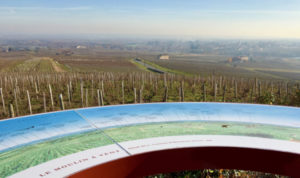

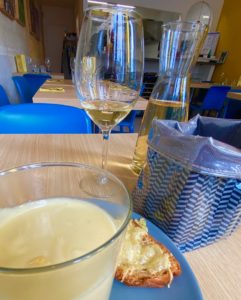
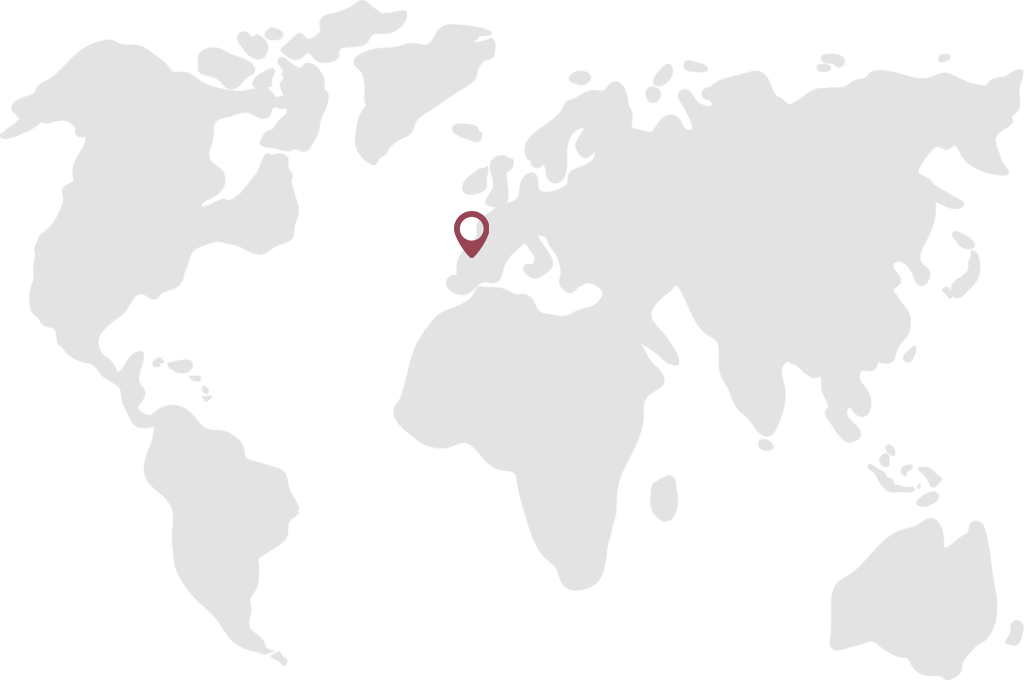
Jill Barth
14 Nov 2017Very interesting piece, Tom.
vinoexpressions
28 Nov 2017Thanks Jill! It’s a beautiful region worth visiting…